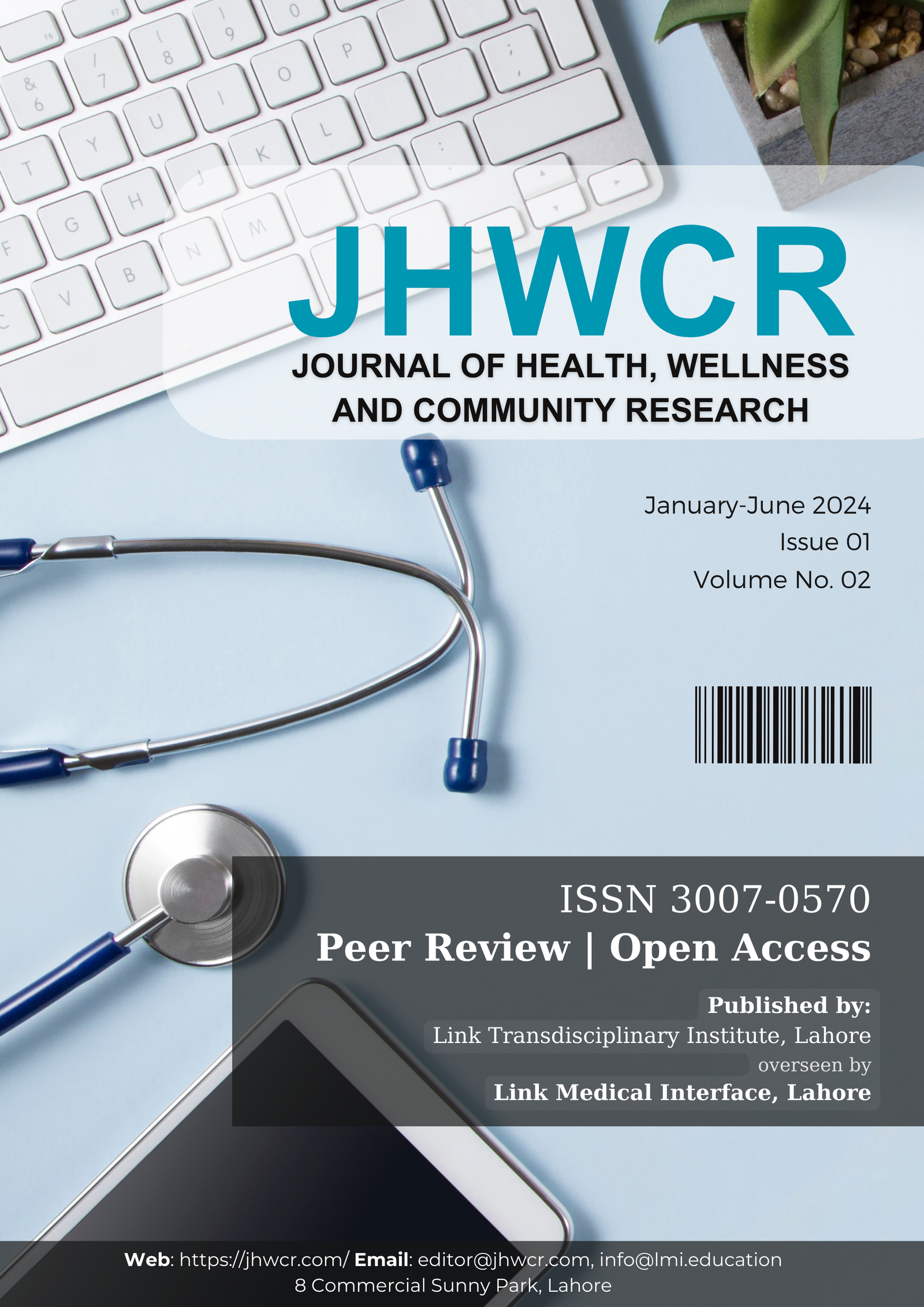Mapping the Hidden Growth: An Ultrasound Study on the Prevalence and Risk Factors of Benign Prostatic Hyperplasia
DOI:
https://doi.org/10.61919/vjjp8w81Keywords:
Benign ProstaticHyperplasia, LowerUrinary Tract Symptoms, Ultrasonography, Risk Factors, Prevalence, Hypertension, SmokingAbstract
Background: Benign prostatic hyperplasia (BPH) is a prevalent non-malignant enlargement of the prostate gland that contributes substantially to lower urinary tract symptoms (LUTS) in aging men, yet regional data on its epidemiology and associated risk factors remain limited. Objective: This study aimed to determine the prevalence of BPH detected by ultrasonography and to identify its key risk factors, including age, residence, family history, hypertension, diabetes, and smoking, among men presenting with LUTS. Methods: A descriptive cross-sectional study was conducted among 296 male patients aged ≥30 years with LUTS at Saidu Teaching Hospital, Swat, from July to December 2023. Patients with a history of prostate surgery or neurological disorders affecting urinary function were excluded. Data were collected via structured proforma and ultrasonographic assessment of prostate size, with BPH defined as prostate weight >25 grams. Ethical approval was obtained from the institutional review board, in accordance with the Helsinki Declaration. Associations between BPH and potential risk factors were analyzed using chi-square tests in SPSS v27.0, with p < 0.05 considered statistically significant. Results: BPH was detected in 68.9% (n = 204) of participants. Statistically significant associations were observed between BPH and age group, rural residence, positive family history, hypertension, diabetes, and smoking (all p < 0.05). The highest prevalence occurred in the 60–69 year age group and among those with multiple risk factors. Conclusion: BPH is highly prevalent among men with LUTS, particularly in older, rural, and comorbid populations, emphasizing the need for early risk-based screening and preventive strategies. These findings support targeted clinical interventions to improve men’s urinary health and reduce disease burden.
Downloads
Published
Issue
Section
License
Copyright (c) 2025 Kanwal Bano, Sohail Ahmad, Farhat Gull, Muhammad Shahrukh Khan, Syed Sher Azam Shah, Maria Mohsan, Maaz Khan (Author)

This work is licensed under a Creative Commons Attribution 4.0 International License.


